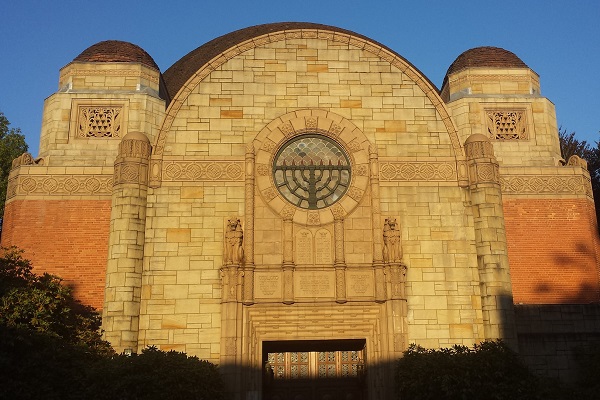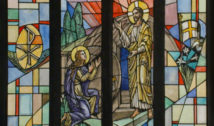
The Jewish Holidays Shemini Atzeret and Simchat Torah
- By C Barnett --
- 24 Oct 2016 --

Jews observe Shemini Atzeret and Simchat Torah this week.
Right after the celebration of the Jewish Feast of Tabernacles or Sukkot, two equally, if not more, festive holidays immediately follow. The Shemini Atzeret and Simchat Torah are celebrated on the 22nd and 23rd day of the Jewish month of Tishri. This year 2016, these two holidays will begin on the sunset of October 23 and end on the sunset of October 25. In certain Jewish communities particularly Israel, the two festivals are held on a single day while for the rest of Jews around the world, 24 hours of celebration is dedicated for each.
The Jewish Holidays Shemini Atzeret and Simchat Torah[/tweetthis]
Shemini Atzeret
It is easy to associate Shemini Atzeret with Sukkot because many think it is the eighth day of the feast. But Jewish laws stress the difference of Shemini Atzeret, that it is a festivity of its own, with its respective significances, customs and traditions.
Shemini Atzeret is literally translated as “eighth day of assembly.” This festivity is simply a celebration of or after a celebration (Sukkot). The Torah explains its significance as a form of God’s detention or desire to be with His children for another day. God and His children celebrated for seven days (Sukkot) and because He enjoyed it so much and don’t want to depart away from them, He asked for another extra day of festivity (Shemini Atzeret).
The festivity is distanced and bears no association with Sukkot. It’s purely a time to relax, feast and have fun. Among the traditional activities during Shemini Atzeret include the recitation of the Yizkor or memorial service, reciting of prayers asking for rain and sitting and eating under a sukkah.
Simchat Torah
Simchat Torah literally translates to “Rejoicing in the Torah”. This festivity marks the completion of the reading of the Torah which takes an annual cycle (from Genesis to Deuteronomy). This celebration emphasizes the significance of the Torah, the reading and including the study of it in the lives of the Jewish people.
Chag Shemini Atzeret & Simchat Torah Sameach! Here's to exciting endings and new beginnings! What will you do to celebrate? ✡️✡️
— Nicci Mowszowski (@BBGshlicha) October 23, 2016
The highlight of this festivity are the first and secnd hakafots, the symbolic marching and dancing of Jews around the table in a synagogue.
The Simchat Torah also celebrates the beginning of the Torah reading cycle thus; in synagogues, the final reading of Deuteronomy 34 is immediately followed by the reading of Genesis 1.



















